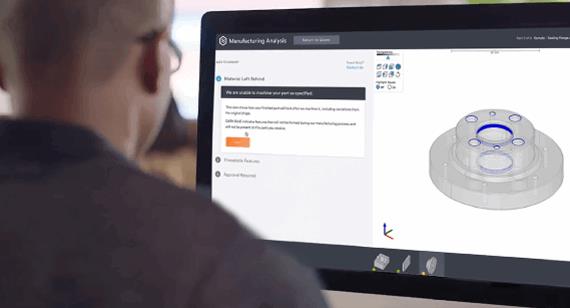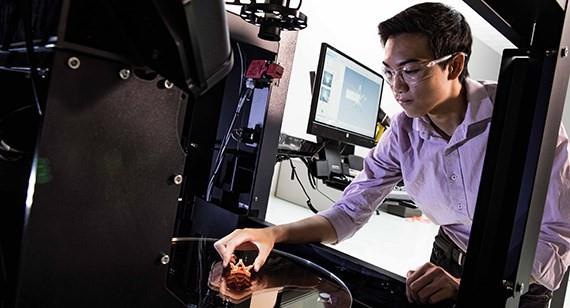How to Select the Right Production Partner to get your Parts into Space
Creating parts for the space industry is inherently tricky. For a start, the products must be out of this world - quite literally. The forces of gravity, pressure and vibration, temperature spikes, and impacts from debris and meteors will constantly stress them, so they need to be high-quality to perform. Additionally, spending millions on the project often means immense pressure to succeed. Selecting the right manufacturing partner is vital to ensure your project's success, but how can you be sure that you are making the right decision? We've listed three things you must consider when selecting your production partner:
Speed
Failing fast is the future of development, and the space industry is no exception to the rule. In years gone by, corporations like NASA would take a traditional approach to developing their space programs, spending years researching hypothetical theories and the eventuality of every situation before building what they deemed the perfect product. Hence, speed was off the agenda. Today private companies can speed up this process with an iterative design approach.

Rather than spend time and energy researching all possible scenarios, they opt to pull a product together quickly, get it in the air and learn from it. To succeed with this iterative design approach, companies must ensure that their supply chains are reliable and fast to keep pace with the fail-fast and learn-fast strategy.
Working with a supplier who can offer rapid turnaround times is paramount. Look for partners with a digital offering to increase the speed of the project:
Can they offer online quoting for instant pricing and manufacturability information?
Is their production process automated to reduce the number of touchpoints?
Can they provide rapid lead times to deliver your part when needed?
Reliable Quality
As discussed in the previous section, speed is critical - luckily, many suppliers will claim to be quick and often will be. If you choose your production partner based solely on speed, you may be sacrificing quality.
It pays to research your potential supplier's production process to determine their approach to quality. Products intended for use in space are often complicated, and their complex geometries can make them challenging to produce. So while speed is important, reliability is paramount as receiving the correct parts will save you time and development costs in the future.

For example, in 3D printing, whilst the technology offers a range of advantages such as cost, speed and design freedom, if the parts aren't finished correctly, there is a risk of outgassing (the release of gas that was absorbed into the material). When the part is subjected to the vacuum of space, outgassing can harm the performance of the equipment, including the spacecraft's optical systems. To prevent this, you should look for suppliers focusing on quality assurance; those with thorough post-processing options will allow you to mitigate risk. They will often have experience in other industries, such as the medical industry, where quality is critical. If products with loose particles aren't suitable for space, they certainly aren't ideal for the human body.
An Open-Mind
As manufacturing technologies evolve, they present new opportunities for manufacturers throughout the product life cycle, though they can take time to become widely recognised. More and more product developers are choosing to pivot from one production method to another or are transitioning between them to suit their needs. To do this, you must select an open-minded supplier with the bandwidth to support your ambitions.
Finding a supplier to produce a part from a CAD file is one thing, but finding one who understands what you are making and why you are making it is another. You should seek a production partner who is agnostic in their approach to technology so that you benefit from the most suitable option for your project. From the very outset, the supplier should understand what you are trying to achieve so they can begin to qualify and validate the equipment available to produce to the specifications that you require:
* Material type
* Mechanical properties
* Complexity
* Quality
* Geometry
* Lead time
If you select a supplier biased toward a particular production method, you limit the possibilities for your project.